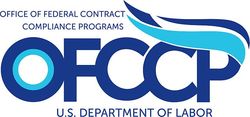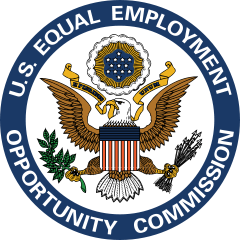Does an employee have to actually file a workers’ compensation claim to be protected from retaliatory termination? No, says the Utah Court of Appeals. In the recent Stone v. M&M Welding and Constr. Inc. decision, the Court ruled that an employee who was fired after expressing his intention to file a workers’ compensation claim could pursue a retaliatory discharge claim even though he failed to actually file his worker’s comp claim until eight months after he was fired.
Employee Discusses Desire to File Workers’ Compensation Claim
Terry Lee Stone was injured at a party hosted by M&M Welding and Construction in November of 2009. Within days of the injury, Stone informed the company president that he wanted to file a workers’ compensation claim. The president dissuaded Stone from doing so, instead holding his position open for two months until he could return to work. Upon his return, however, Stone’s hours were reduced. In March and April of 2010, Stone again informed the company that he intended to file a workers’ compensation claim, but failed to do so.
In early May, a customer demanded that Stone be fired, believing that he exaggerated in reporting a spill of contaminated water at the customer’s site. A few days later, Stone contacted M&M to obtain insurance information for his workers’ compensation claim. M&M fired him the following day. Stone sued, alleging that M&M terminated him in retaliation for expressing his intent to file a workers’ compensation claim. M&M argued that because Stone did not file his workers’ compensation claim until eight months after he was fired, his termination could not be in retaliation of the filing. The trial court agreed, awarding summary judgment to M&M.
Utah Court of Appeals Rules that Notifying Employer of Intent to File Workers’ Compensation Claim is Enough
On appeal, the Court pointed to the Utah Supreme Court’s decision in Touchard v. La-Z-Boy Inc. which recognized that “retaliatory discharge for filing a workers’ compensation claim violates the public policy of this state; thus, an employee who has been fired or constructively discharged in retaliation for claiming workers’ compensation benefits has a wrongful discharge cause of action.” In Stone, the Court of Appeals extended the basis for a wrongful discharge claim by concluding that conduct short of actually filing a workers’ compensation claim was protected conduct. The Court wrote that preparing a claim, notifying the employer of the intent to file a claim or discussing his claim with coworkers could be sufficient to support a claim of retaliatory discharge. In Stone’s case, he had repeatedly expressed to the company president and others that he intended to file a workers’ compensation claim so that conduct was sufficient to proceed with his retaliatory discharge lawsuit.
Policy Behind Recognizing “Pretaliatory” Discharge
The Court recognized that a rule that protected employees only after they actually filed a workers’ compensation claim “would create a perverse incentive for an employer to discharge an injured employee as soon as the employer learns of the employee’s intention to file a claim.” The Court found such a rule would contradict the important public policy embodied in the state’s workers’ compensation act.
The Court’s ruling also squares with the conduct that can underlie a retaliation claim under other employment laws. For example, retaliation claims under Title VII can be based on conduct where the employee either opposes workplace discrimination or participates in a discrimination claim, investigation or proceeding. “Opposing” discrimination can include the threat of filing a discrimination charge as well as complaining about or reporting discrimination at work. The Stone decision recognizing a retaliation wrongful discharge claim based on an employee’s expressed intent to file a workers’ compensation claim is analogous to the “opposition” retaliation claims recognized in such other employment laws.
Employer Take-Aways
Employers should be careful when making adverse employment decisions related to an employee who has either filed a workers’ compensation claim or is preparing to do so. Decisions should be unrelated to the claim or threat of claim and should be based on a reason that can be clearly articulated and is supported by thorough documentation. Anything less may lead the affected employee to conclude that the adverse action was in retaliation for the workers’ compensation claim and make it difficult to defend a retaliation lawsuit.
Disclaimer: This article is designed to provide general information on pertinent legal topics. The statements made are provided for educational purposes only. They do not constitute legal advice and are not intended to create an attorney-client relationship between you and Holland & Hart LLP. If you have specific questions as to the application of the law to your activities, you should seek the advice of your legal counsel.











